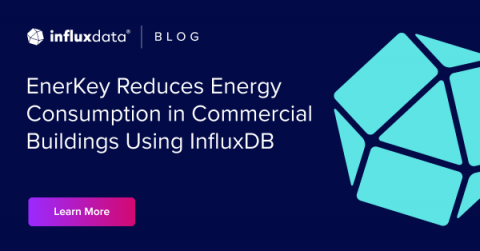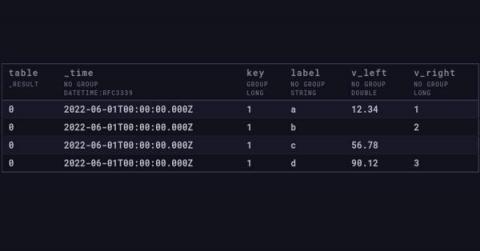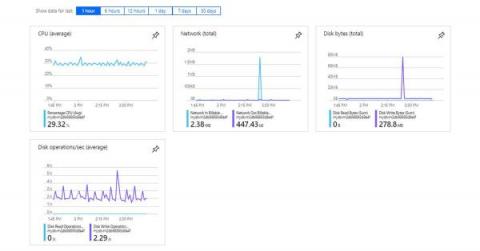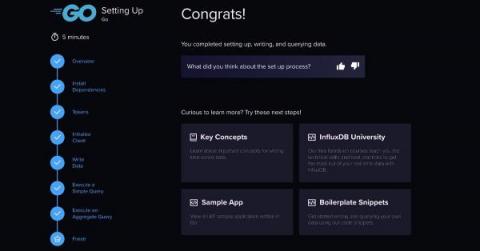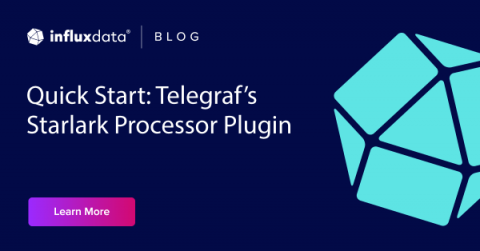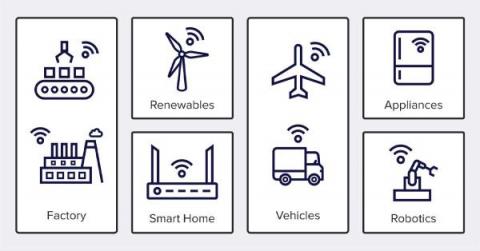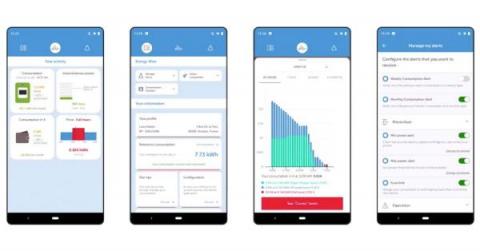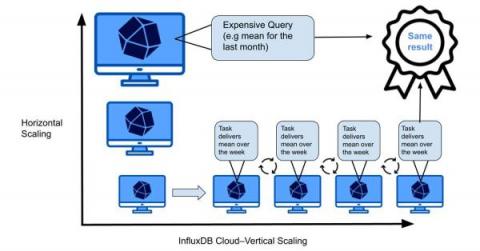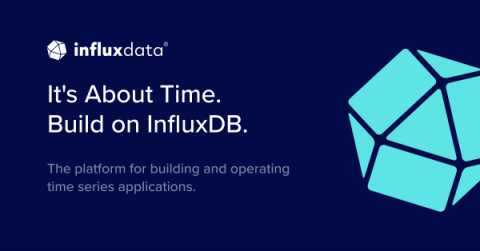EnerKey Reduces Energy Consumption in Commercial Buildings Using InfluxDB
Commercial buildings produce 16% of carbon dioxide emissions in the US, and the EPA estimates that 30% of the energy used by these buildings is wasted. Energy efficiency in commercial buildings is a vital aspect of the transition to greener systems worldwide to fight climate change.


